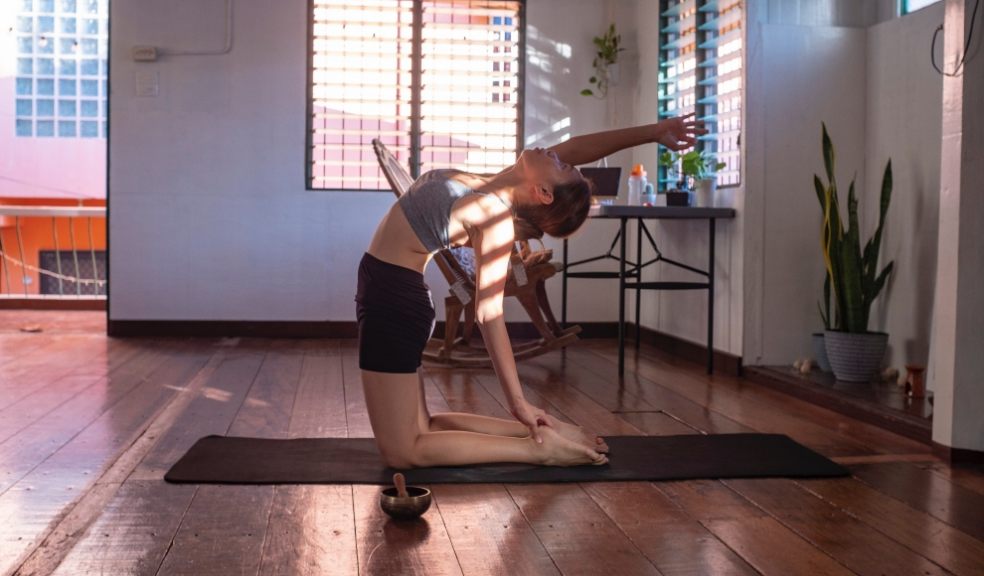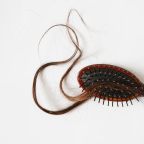
Knowing your menstrual cycle can help you boss your training plans
Our menstrual cycle can seriously impact the way we workout and the latest research by femtech leader Yoppie, has revealed that the vast majority of women don’t know which stage of our cycles present the best time to train.
The good news is that Yoppie’s research shows that just 18% of women say their ability to train and exercise is impacted by their cycle. However, while our ongoing training regime can be tailored to our time of the month, this timing can inconveniently impact our ability to tackle sporting events. Nearly a quarter (24%) of women surveyed by Yoppie said they’ve actually had to pull out of a sporting event due to their periods.
While this is largely out of our control, our menstrual cycle and its different stages do present the opportunity to train harder. Knowing when to do what is key, but Yoppie’s research also shows that 94% of women don’t know which phase allows them to maximise their fitness routine.
The Stages
Our periods are actually made up of two main phases. The first is the follicular phase, which starts on the first day of your period and is when your estrogen levels increase. The second is the luteal phase, which takes place at the end of your cycle and is when progesterone levels increase as well as body temperature.
If we break this down even further, the first five days of the follicular phase are more commonly known as the menstruation stage, this is when we experience bleeding. And finally, just before the luteal phase, we have another stage of our cycle which is called ovulation, where we are at our most fertile.
Each of these phases affects our bodies differently and therefore impact our abilities, particularly with regards to fitness training.
The Follicular Phase - Best for high-intensity workouts
High-intensity workouts are best prioritised during the follicular phase. This is simply because of the rise in our estrogen levels, meaning we have more energy and believe it or not, we have a higher pain tolerance. Carbohydrates are actually used more efficiently during the follicular phase, providing us with the tools we need in order to work out at higher intensities.
Despite this, Yoppie’s research shows that just 2% of women were aware that high-intensity workouts were best done during this time in our cycle.
The Ovulation Phase - Best for strength workouts
The ovulation phase is when we’re best primed for strength-based exercise. This is because while we ovulate, our bodies experience their highest energy levels. Our endurance levels are also elevated so working on our overall strength is beneficial at this time.
But again, Yoppie’s research shows just 3% of women are aware of this.
The Luteal Phase - Time to take it easy
Finally, the luteal phase is when our bodies are least primed for exercise. Our progesterone levels are up and our body temperature is at its highest, meaning it’s even more important to stay hydrated. Some women also experience increased body mass due to fluid retention which can cause a sluggish feeling. If you absolutely have to exercise during this stage a good place to start would be yoga and if you do continue to work out, remember lots of rest days are also vital to avoid overworking your body.
Yoppie’s research shows that just 2% of women are aware of this fact, meaning there is a high chance of those who aren’t in the know causing injury to themselves.
Yoppie Founder Daniella Peri commented:
“Keeping fit can be tough and knowing how and when to exercise during your menstrual cycle can make all the difference, particularly when you’re training for an event.
Educating yourself is the key to success in this respect and it’s clear that the vast majority of women aren’t aware of how the different stages of their menstrual cycle can impact their ability to exercise.
Of course, there are ways to help boost your training intensity when PMS symptoms hit and one way to effectively sidestep the negative impact they can have is via the right, targeted supplements. Including these in your fitness regime can help reduce bloating, cramps and improve your mood. All of which can all help you boss your workout whether you want to keep fit generally, or you have an event to prepare for.
Yoppie wanted to take the complexity and stress out of tackling PMS, so they created three specific supplements that individually target the most common symptoms women experience. By doing so, women can better tailor their approach to dealing with PMS, targeting the areas they suffer from most, rather than opting for generic multivitamins.”
Yoppie have also recently published a Guide to Menstrual Cycles & Mental Health, which you can read here.













